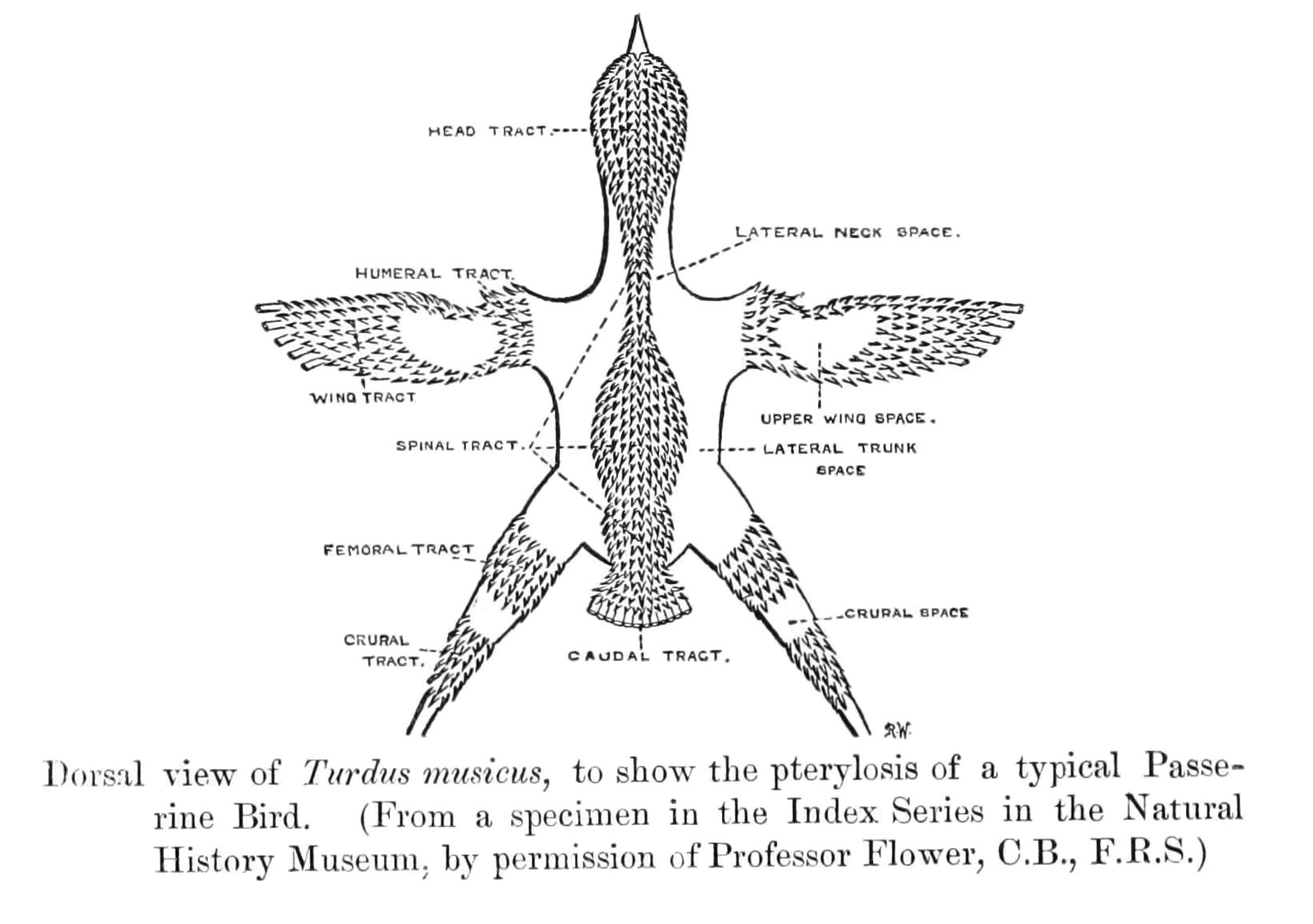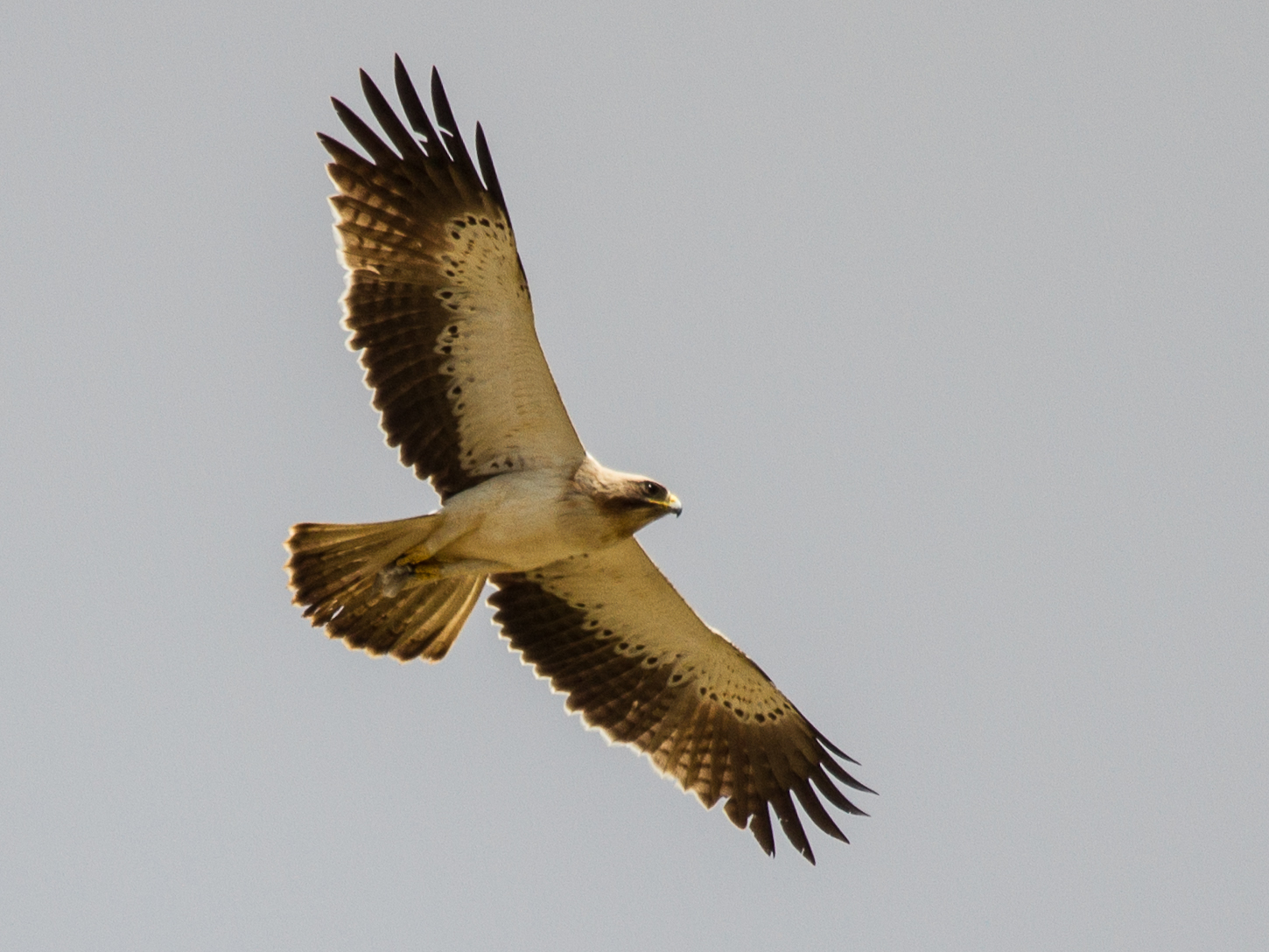|
Wrens
Wrens are a family of brown passerine birds in the predominantly New World family Troglodytidae. The family includes 88 species divided into 19 genera. Only the Eurasian wren occurs in the Old World, where, in Anglophone regions, it is commonly known simply as the "wren", as it is the originator of the name. The name ''wren'' has been applied to other, unrelated birds, particularly the New Zealand wrens (Acanthisittidae) and the Australian wrens (Maluridae). Most wrens are visually inconspicuous though they have loud and often complex songs. Exceptions include the relatively large members of the genus ''Campylorhynchus'', which can be quite bold in their behaviour. Wrens have short wings that are barred in most species, and they often hold their tails upright. Wrens are primarily insectivorous, eating insects, spiders and other small invertebrates, but many species also eat vegetable matter and some eat small frogs and lizards. Etymology and usage The English name "wren" derive ... [...More Info...] [...Related Items...] OR: [Wikipedia] [Google] [Baidu] |
Acanthisittidae
The New Zealand wrens are a family (Acanthisittidae) of tiny passerines endemic to New Zealand. They were represented by seven Holocene species in four or five genera, although only two species in two genera survive today. They are understood to form a distinct lineage within the passerines, but authorities differ on their assignment to the oscines or suboscines (the two suborders that between them make up the Passeriformes). More recent studies suggest that they form a third, most ancient, suborder Acanthisitti and have no living close relatives at all. They are called "wrens" due to similarities in appearance and behaviour to the true wrens (Troglodytidae) but are not members of that family. New Zealand wrens are mostly insectivorous foragers of New Zealand's forests, with one species, the New Zealand rock wren, being restricted to alpine areas. Both the remaining species are poor fliers and four of the five extinct species are known or suspected to have been flightless. Along ... [...More Info...] [...Related Items...] OR: [Wikipedia] [Google] [Baidu] |
Maluridae
The Australasian wrens are a family, Maluridae, of small, insectivorous passerine birds endemic to Australia and New Guinea. While commonly known as wrens, they are unrelated to the true wrens. The family comprises 32 species (including sixteen fairywrens, three emu-wrens, and thirteen grasswrens) in six genera. Taxonomy and systematics As with many other Australian creatures, and perhaps more than most, the species making up this family were comprehensively misunderstood by early researchers. They were variously classified as Old World flycatchers, Old World warblers, and Old World babblers. In the late 1960s morphological studies began to suggest that the Australo-Papuan fairywrens, the grasswrens, emu-wrens and two monotypic wren-like genera from New Guinea were related and, following Charles Sibley's pioneering work on egg-white proteins in the mid-1970s, Australian researchers adopted the family name Maluridae in 1975. With further morphological work and the great ... [...More Info...] [...Related Items...] OR: [Wikipedia] [Google] [Baidu] |
Passerine
A passerine () is any bird of the order Passeriformes (; from Latin 'sparrow' and '-shaped'), which includes more than half of all bird species. Sometimes known as perching birds, passerines are distinguished from other orders of birds by the arrangement of their toes (three pointing forward and one back), which facilitates perching. With more than 140 families and some 6,500 identified species, Passeriformes is the largest clade of birds and among the most diverse clades of terrestrial vertebrates, representing 60% of birds.Ericson, P.G.P. et al. (2003Evolution, biogeography, and patterns of diversification in passerine birds ''J. Avian Biol'', 34:3–15.Selvatti, A.P. et al. (2015"A Paleogene origin for crown passerines and the diversification of the Oscines in the New World" ''Molecular Phylogenetics and Evolution'', 88:1–15. Passerines are divided into three clades: Acanthisitti (New Zealand wrens), Tyranni (suboscines), and Passeri (oscines or songbirds). The passe ... [...More Info...] [...Related Items...] OR: [Wikipedia] [Google] [Baidu] |
Eurasian Wren
The Eurasian wren (''Troglodytes troglodytes'') or northern wren is a very small insectivorous bird, and the only member of the wren family Troglodytidae found in Eurasia and Africa (Maghreb). In Anglophone Europe, it is commonly known simply as the wren. It has a very short tail which is often held erect, a short neck and a relative long thin bill. It is russet brown above, paler buff-brown below and has a cream buff supercilium. The sexes are alike. The species was once lumped with ''Troglodytes hiemalis'' of eastern North America and '' Troglodytes pacificus'' of western North America as the winter wren. The Eurasian wren occurs in Europe and across the Palearctic – including a belt of Asia from northern Iran and Afghanistan across to Japan. It is migratory in only the northern parts of its range. It is also highly polygynous, an unusual mating system for passerines. The scientific name is taken from the Greek word "troglodytes" (from τρώγλη "hole", and δῠ� ... [...More Info...] [...Related Items...] OR: [Wikipedia] [Google] [Baidu] |
Kinglet
A kinglet is a small bird in the family Regulidae. Species in this family were formerly classified with the Old World warblers. "Regulidae" is derived from the Latin word ''regulus'' for "petty king" or prince, and refers to the coloured crowns of adult birds. This family has representatives in North America and Eurasia. There are six species in this family; one, the Madeira firecrest, ''Regulus madeirensis'', was only recently split from common firecrest as a separate species. One species, the ruby-crowned kinglet, differs sufficiently in its voice and plumage to be afforded its own genus, ''Corthylio''. Description Kinglets are among the smallest of all passerines, ranging in size from and weighing ; the sexes are the same size. They have medium-length wings and tails, and small needle-like bills. The plumage is overall grey-green, offset by pale wingbars, and the tail tip is incised. Five species have a single stiff feather covering the nostrils, but in the ruby-crowned ... [...More Info...] [...Related Items...] OR: [Wikipedia] [Google] [Baidu] |
Campylorhynchus
''Campylorhynchus'' is a genus of wrens, which has at least 15 described species. At 17–22 cm (6.8-8.7 in) long, these are the largest-bodied of wrens, including the largest species, the giant wren. Member species are found in South and Central America Central America ( es, América Central or ) is a subregion of the Americas. Its boundaries are defined as bordering the United States to the north, Colombia to the south, the Caribbean Sea to the east, and the Pacific Ocean to the west. ... and in some cases, as far north as the southwestern United States. Taxonomy A 2007 genetic study established the following relationships between species, including some selected subspecies: Species Notes References Bird genera * {{Troglodytidae-stub ... [...More Info...] [...Related Items...] OR: [Wikipedia] [Google] [Baidu] |
Marsh Wren
The marsh wren (''Cistothorus palustris'') is a small North American songbird of the wren family. It is sometimes called the long-billed marsh wren to distinguish it from the sedge wren, also known as the short-billed marsh wren. Taxonomy The marsh wren was described by the Scottish-American ornithologist Alexander Wilson in 1810 and given the binomial name ''Certhia palustris''. The current genus '' Cistothorus'' was introduced by the German ornithologist Jean Cabanis in 1850. There are 15 recognised subspecies. Etymology: from Greek 'κιστος' (''cistos'', "a shrub") and 'θουρος' (''thouros'', "leaping, or running through") and Latin 'palustris' ("marshy"). Description Adults have brown upperparts with a light brown belly and flanks and a white throat and breast. The back is black with white stripes. They have a dark cap with a white line over the eyes and a short thin bill. The male's song is a loud gurgle used to declare ownership of territory; western males ... [...More Info...] [...Related Items...] OR: [Wikipedia] [Google] [Baidu] |
Fable
Fable is a literary genre: a succinct fictional story, in prose or verse, that features animals, legendary creatures, plants, inanimate objects, or forces of nature that are anthropomorphized, and that illustrates or leads to a particular moral lesson (a "moral"), which may at the end be added explicitly as a concise maxim or saying. A fable differs from a parable in that the latter ''excludes'' animals, plants, inanimate objects, and forces of nature as actors that assume speech or other powers of humankind. Conversely, an animal tale specifically includes talking animals as characters. Usage has not always been so clearly distinguished. In the King James Version of the New Testament, "" ("'' mythos''") was rendered by the translators as "fable" in the First Epistle to Timothy, the Second Epistle to Timothy, the Epistle to Titus and the First Epistle of Peter. A person who writes fables is a fabulist. History The fable is one of the most enduring forms of folk liter ... [...More Info...] [...Related Items...] OR: [Wikipedia] [Google] [Baidu] |
Eagle
Eagle is the common name for many large birds of prey of the family Accipitridae. Eagles belong to several groups of genera, some of which are closely related. Most of the 68 species of eagle are from Eurasia and Africa. Outside this area, just 14 species can be found—2 in North America, 9 in Central and South America, and 3 in Australia. Eagles are not a natural group but denote essentially any kind of bird of prey large enough to hunt sizeable (about 50 cm long or more overall) vertebrates. Description Eagles are large, powerfully-built birds of prey, with heavy heads and beaks. Even the smallest eagles, such as the booted eagle (''Aquila pennata''), which is comparable in size to a common buzzard (''Buteo buteo'') or red-tailed hawk (''B. jamaicensis''), have relatively longer and more evenly broad wings, and more direct, faster flight – despite the reduced size of aerodynamic feathers. Most eagles are larger than any other raptors apart from some vultures. The ... [...More Info...] [...Related Items...] OR: [Wikipedia] [Google] [Baidu] |
Aristotle
Aristotle (; grc-gre, Ἀριστοτέλης ''Aristotélēs'', ; 384–322 BC) was a Greek philosopher and polymath during the Classical Greece, Classical period in Ancient Greece. Taught by Plato, he was the founder of the Peripatetic school of philosophy within the Lyceum (classical), Lyceum and the wider Aristotelianism, Aristotelian tradition. His writings cover many subjects including Physics (Aristotle), physics, biology, zoology, metaphysics, logic, ethics, aesthetics, Poetics (Aristotle), poetry, theatre, music, rhetoric, psychology, linguistics, economics, politics, meteorology, History of geology, geology, and government. Aristotle provided a complex synthesis of the various philosophies existing prior to him. It was above all from his teachings that Western culture, the West inherited its intellectual lexicon, as well as problems and methods of inquiry. As a result, his philosophy has exerted a unique influence on almost every form of knowledge in the West a ... [...More Info...] [...Related Items...] OR: [Wikipedia] [Google] [Baidu] |
Historia Animalium
''History of Animals'' ( grc-gre, Τῶν περὶ τὰ ζῷα ἱστοριῶν, ''Ton peri ta zoia historion'', "Inquiries on Animals"; la, Historia Animalium, "History of Animals") is one of the major texts on biology by the ancient Greek philosopher Aristotle, who had studied at Plato's Academy in Athens. It was written in the fourth century BC; Aristotle died in 322 BC. Generally seen as a pioneering work of zoology, Aristotle frames his text by explaining that he is investigating the ''what'' (the existing facts about animals) prior to establishing the ''why'' (the causes of these characteristics). The book is thus an attempt to apply philosophy to part of the natural world. Throughout the work, Aristotle seeks to identify differences, both between individuals and between groups. A group is established when it is seen that all members have the same set of distinguishing features; for example, that all birds have feathers, wings, and beaks. This relationship betwee ... [...More Info...] [...Related Items...] OR: [Wikipedia] [Google] [Baidu] |
Common Germanic
Proto-Germanic (abbreviated PGmc; also called Common Germanic) is the reconstructed proto-language of the Germanic branch of the Indo-European languages. Proto-Germanic eventually developed from pre-Proto-Germanic into three Germanic branches during the fifth century BC to fifth century AD: West Germanic, East Germanic and North Germanic, which however remained in contact over a considerable time, especially the Ingvaeonic languages (including English), which arose from West Germanic dialects and remained in continued contact with North Germanic. A defining feature of Proto-Germanic is the completion of the process described by Grimm's law, a set of sound changes that occurred between its status as a dialect of Proto-Indo-European and its gradual divergence into a separate language. As it is probable that the development of this sound shift spanned a considerable time (several centuries), Proto-Germanic cannot adequately be reconstructed as a simple node in a tre ... [...More Info...] [...Related Items...] OR: [Wikipedia] [Google] [Baidu] |

_(cropped).jpg)



.jpg)



